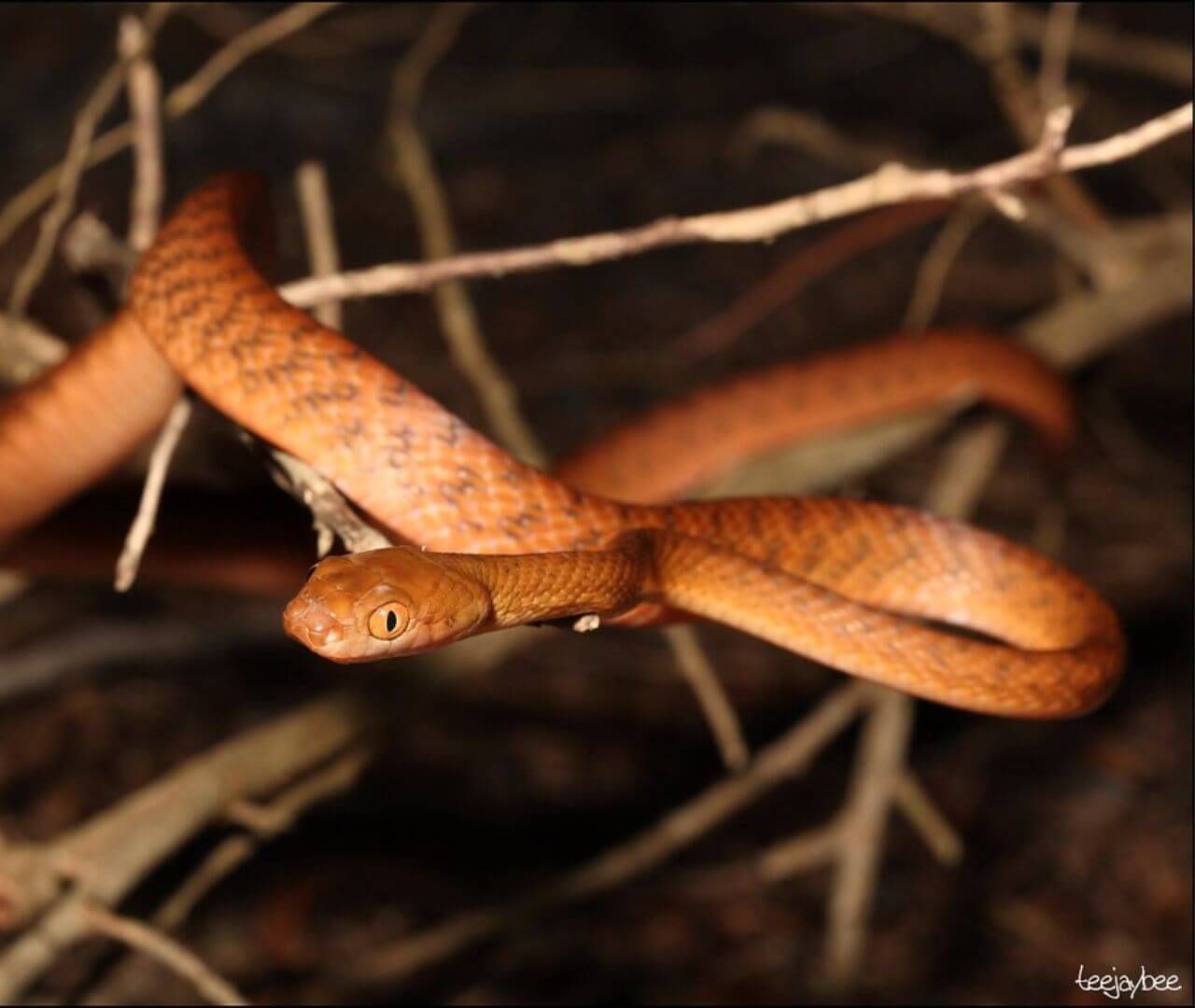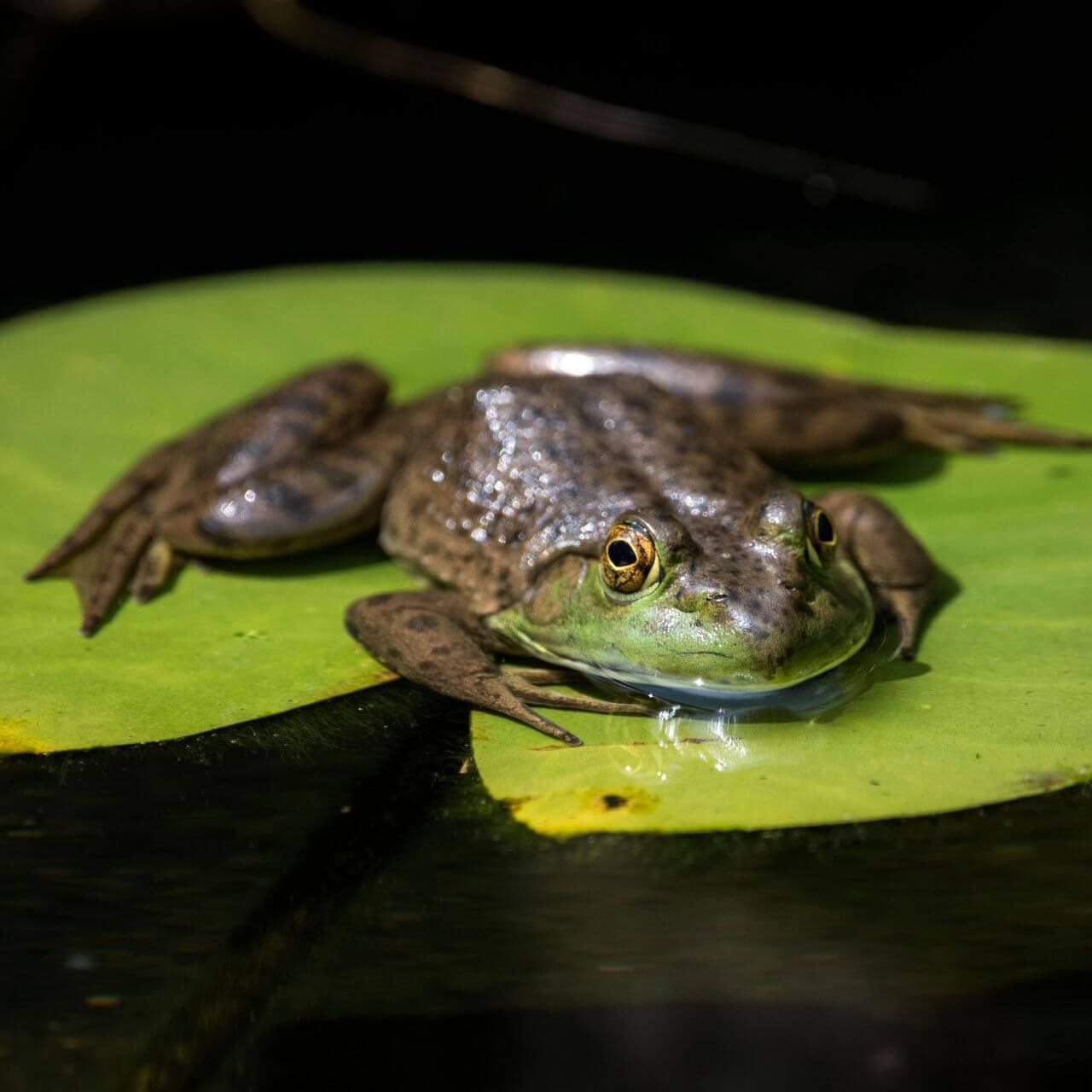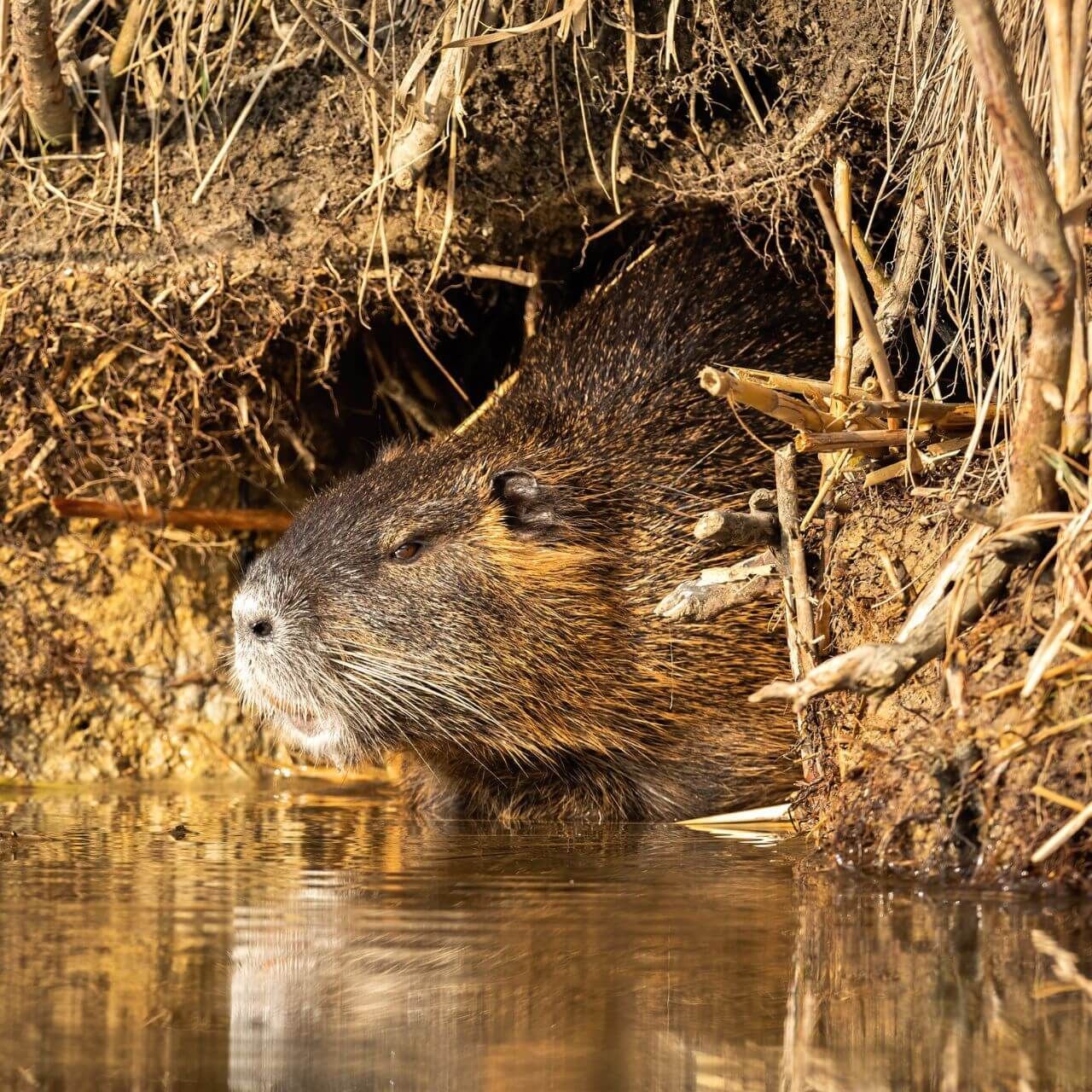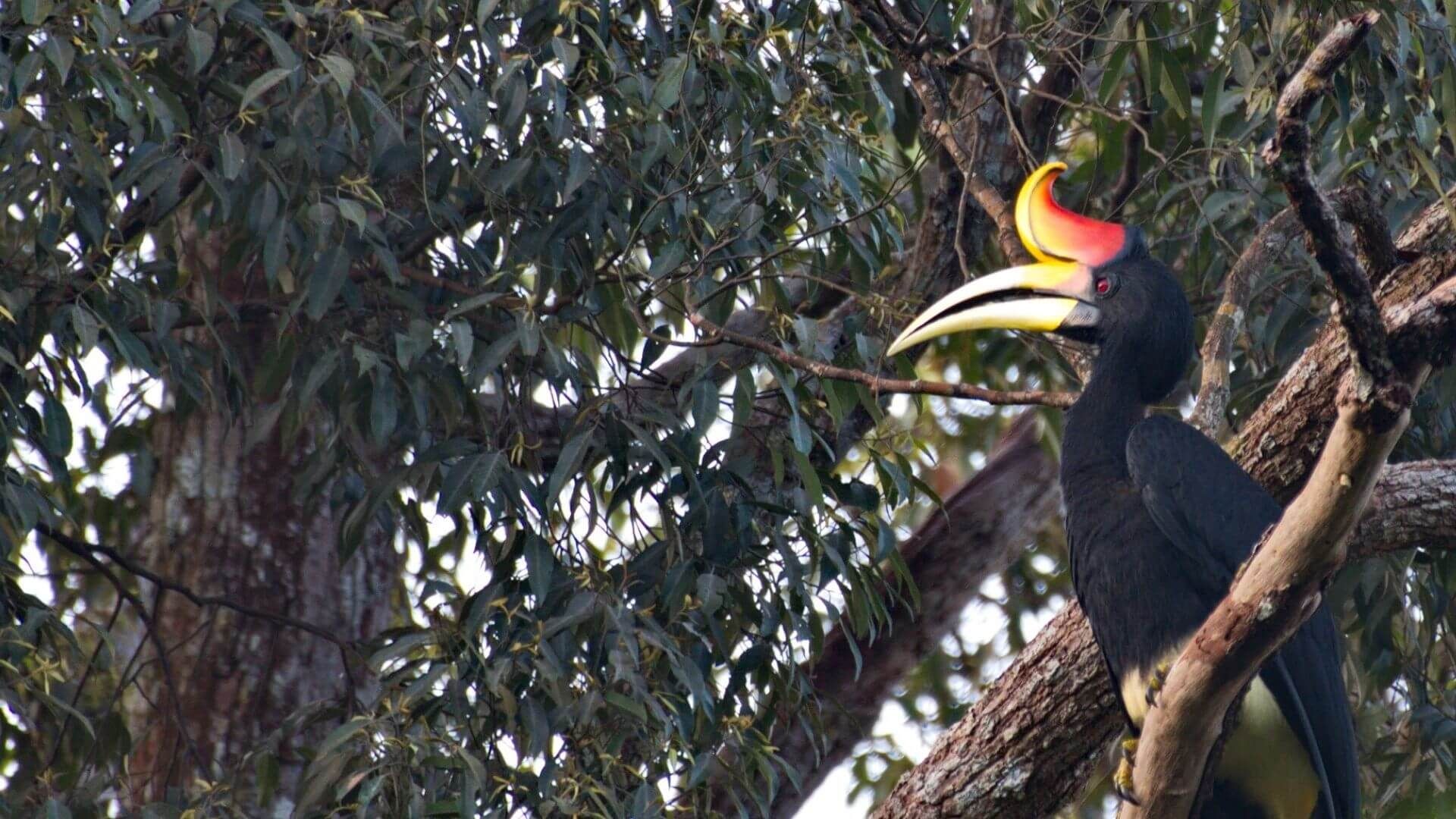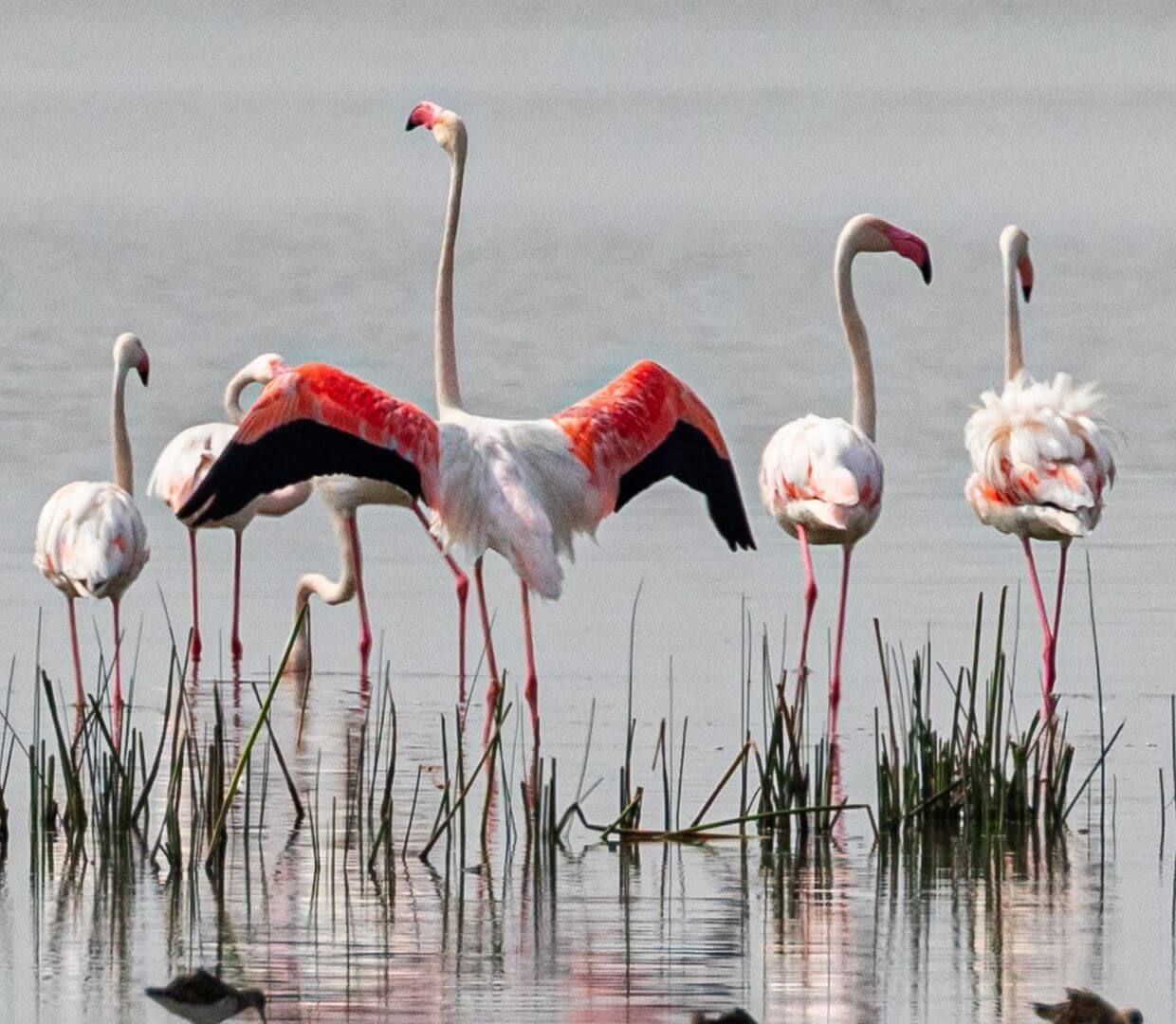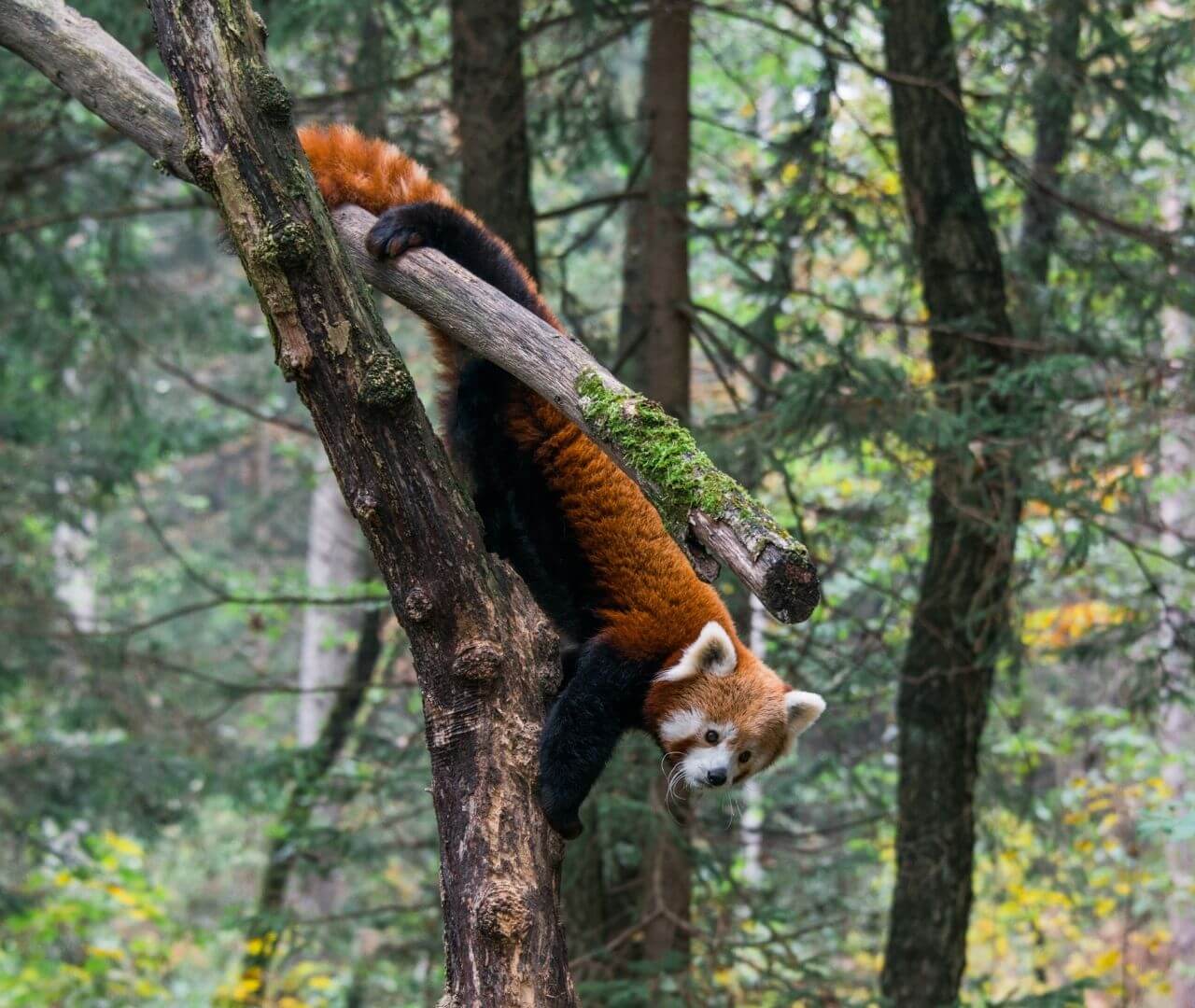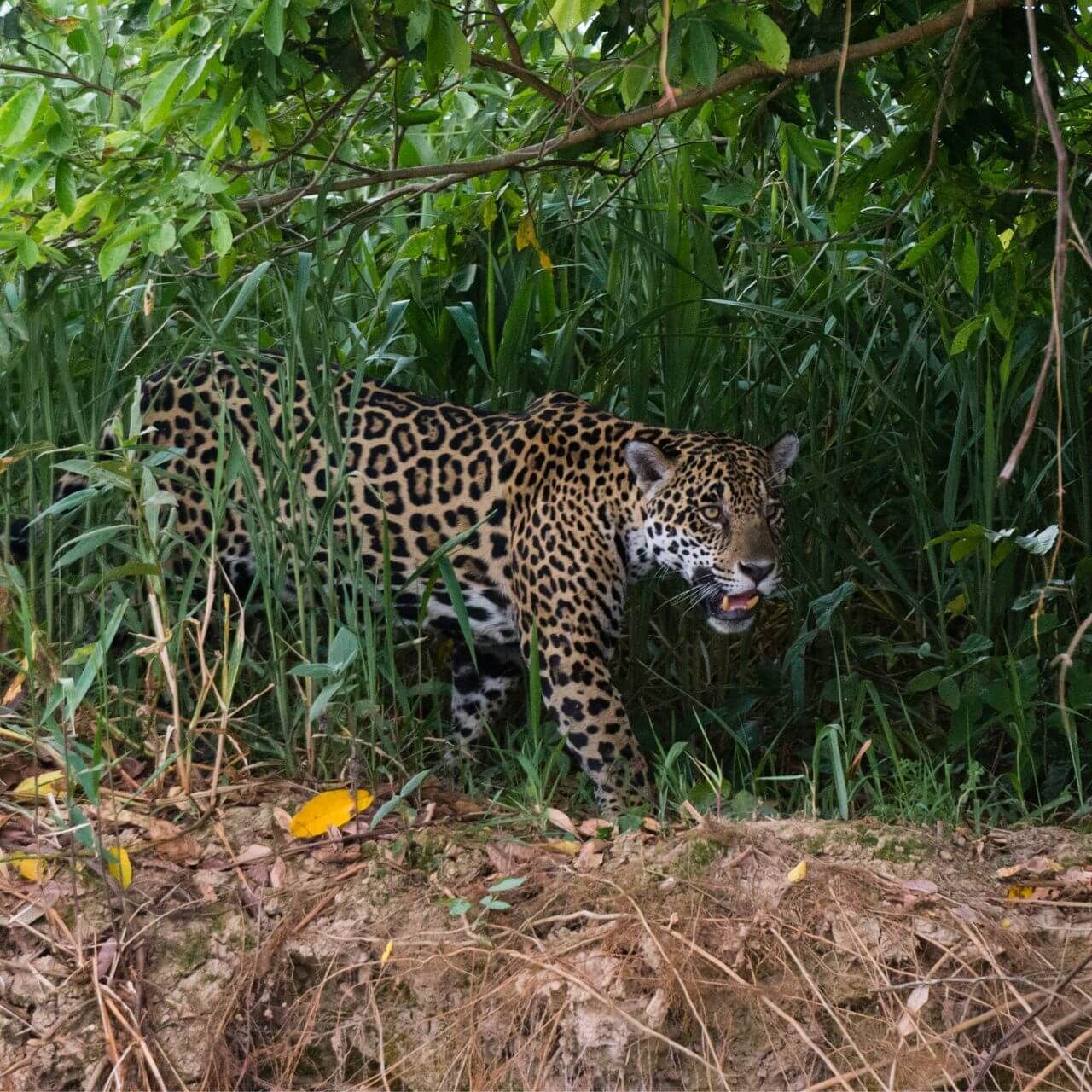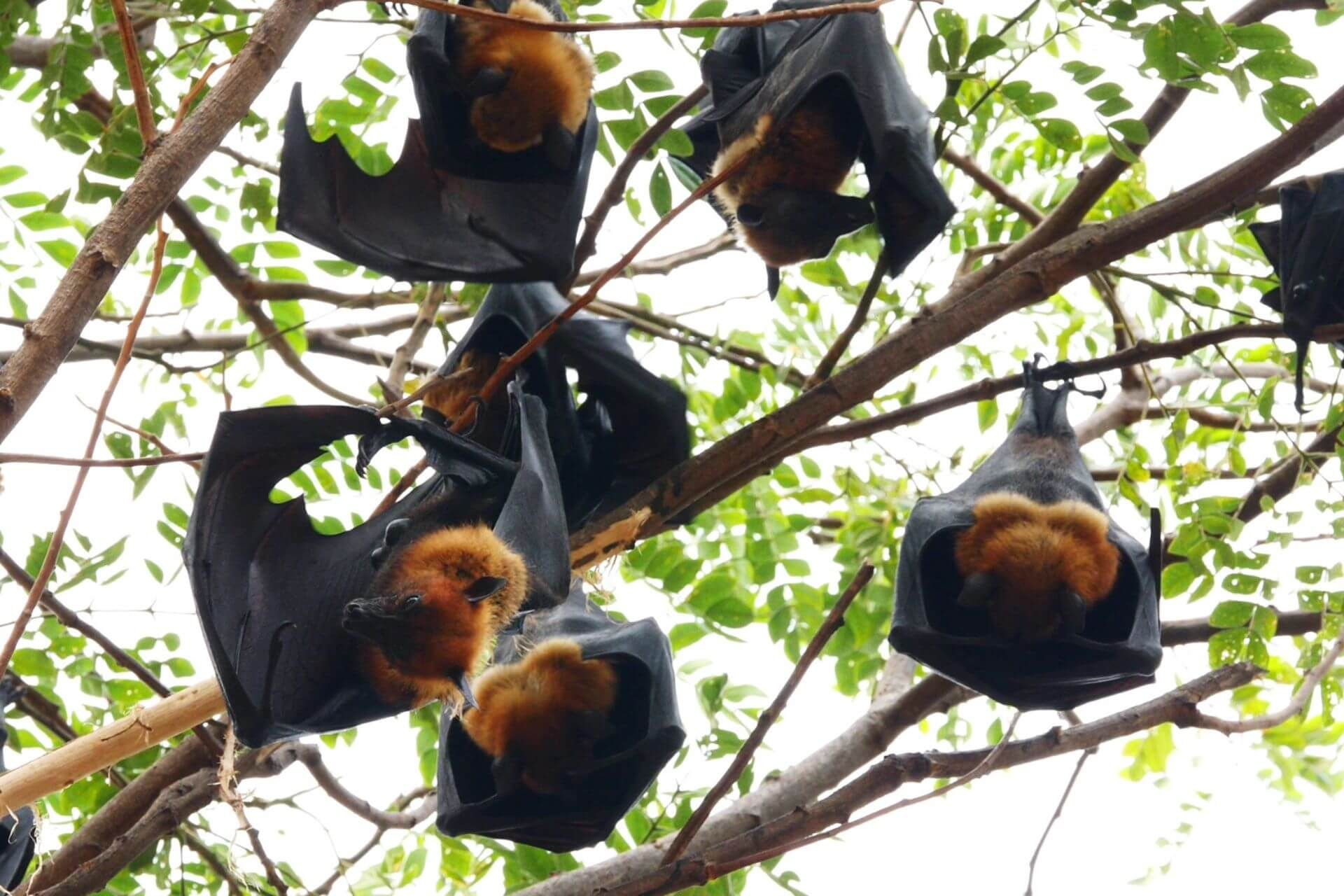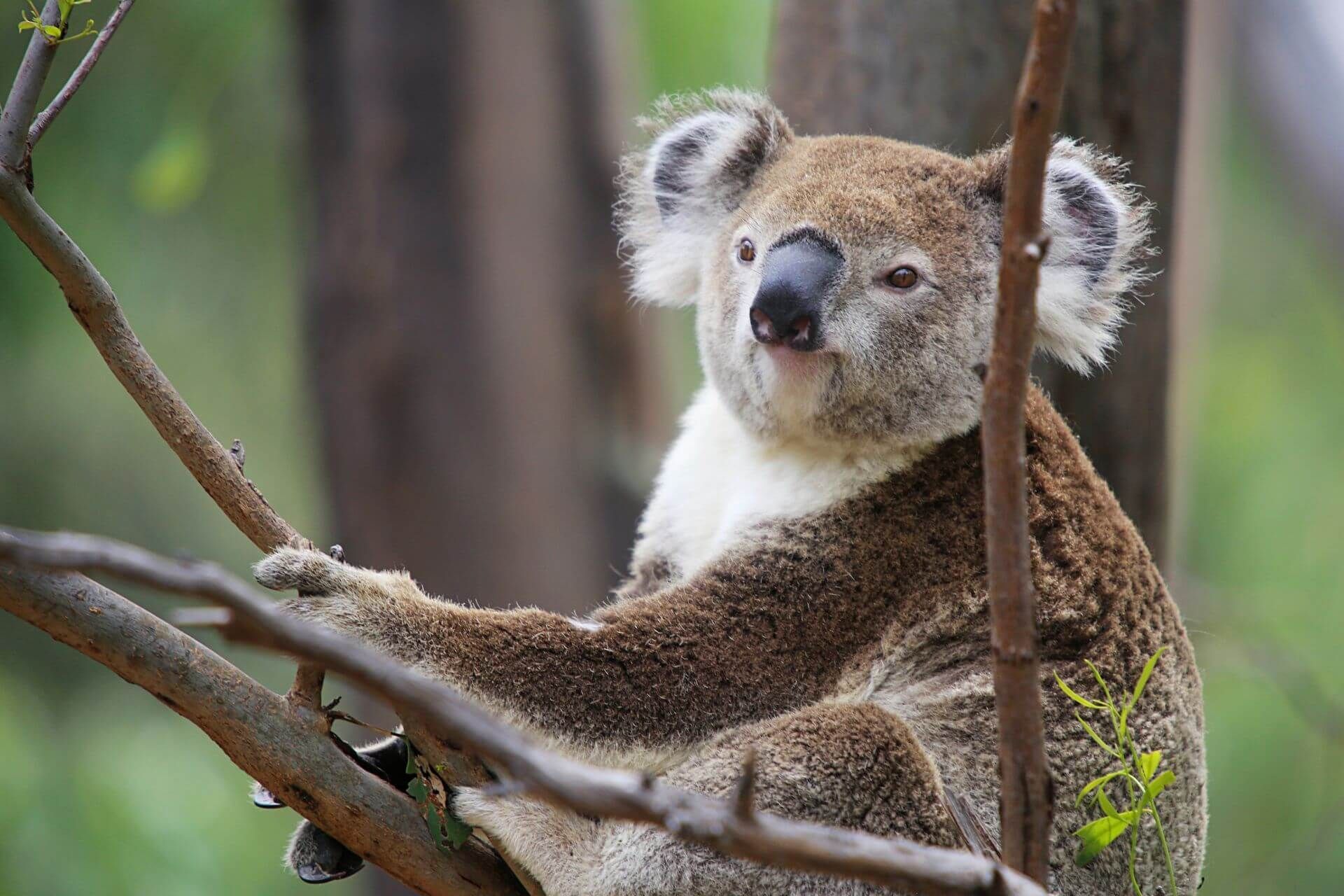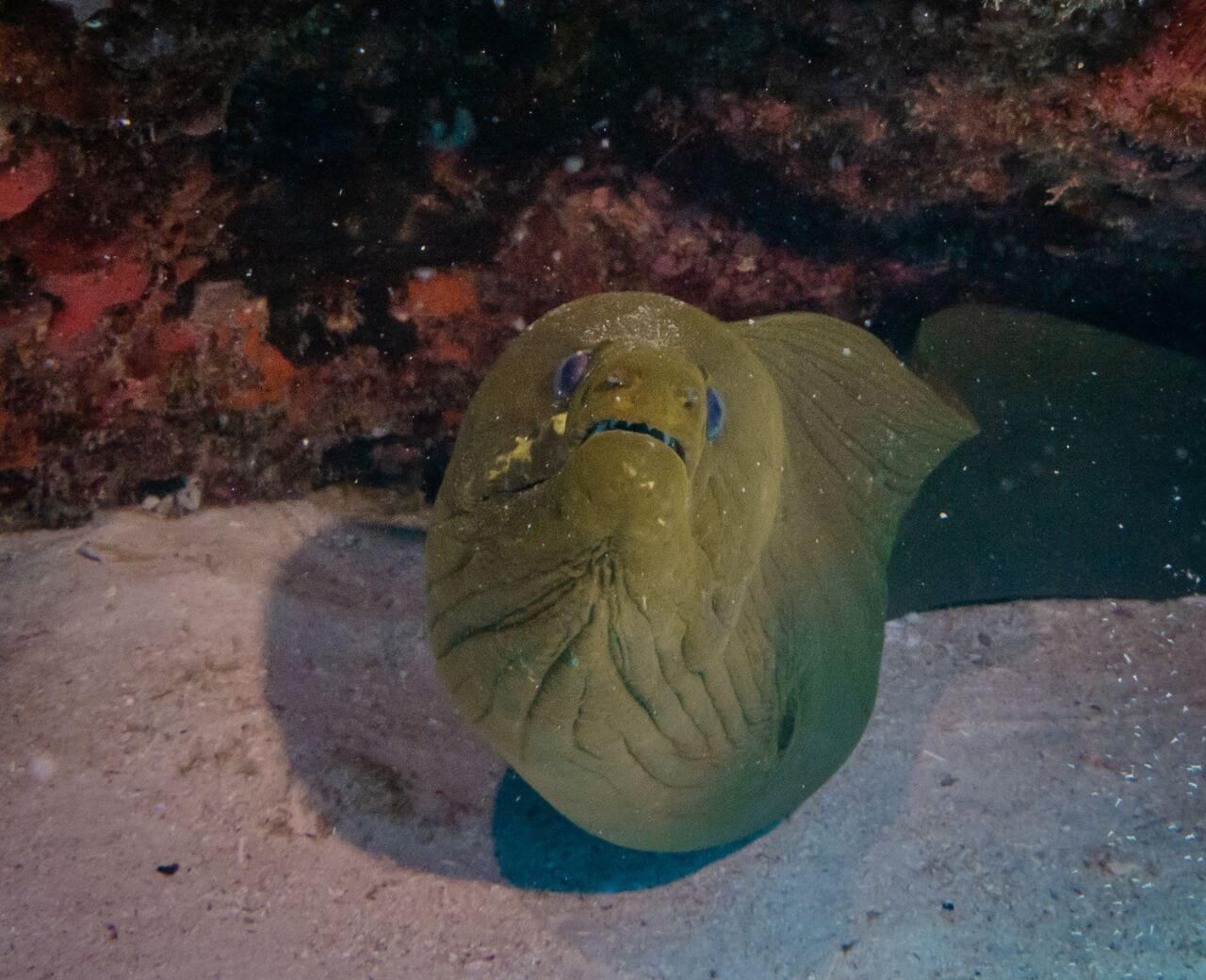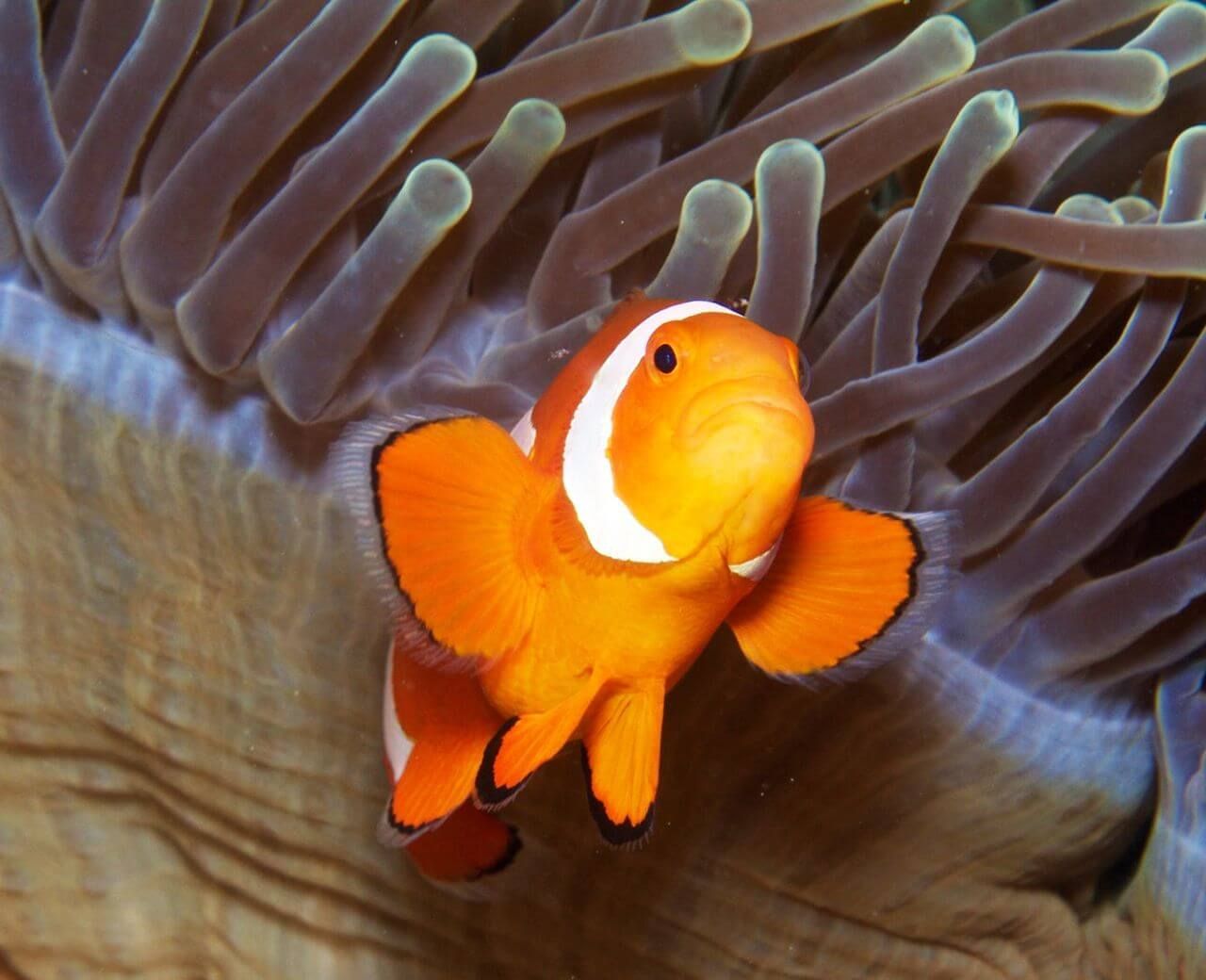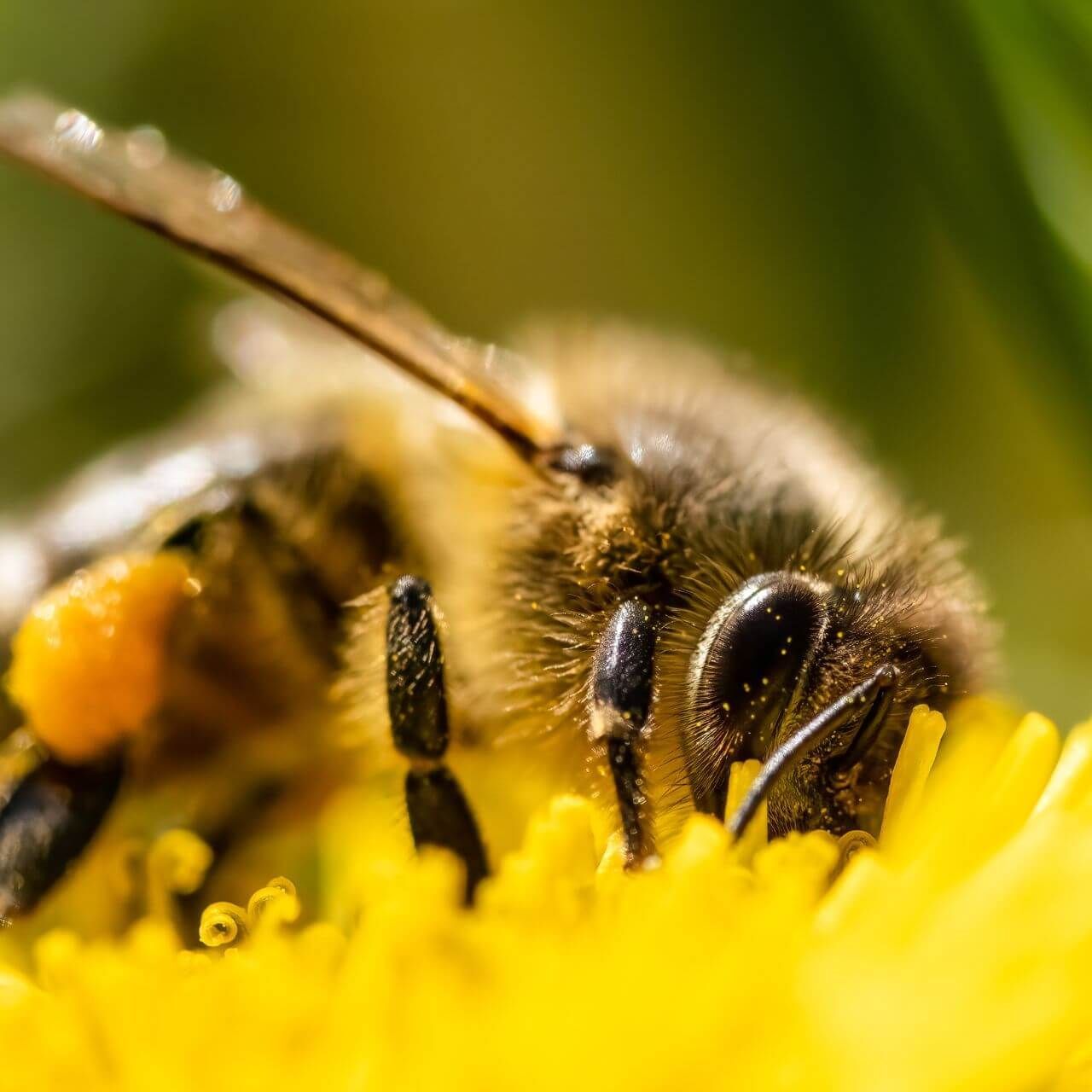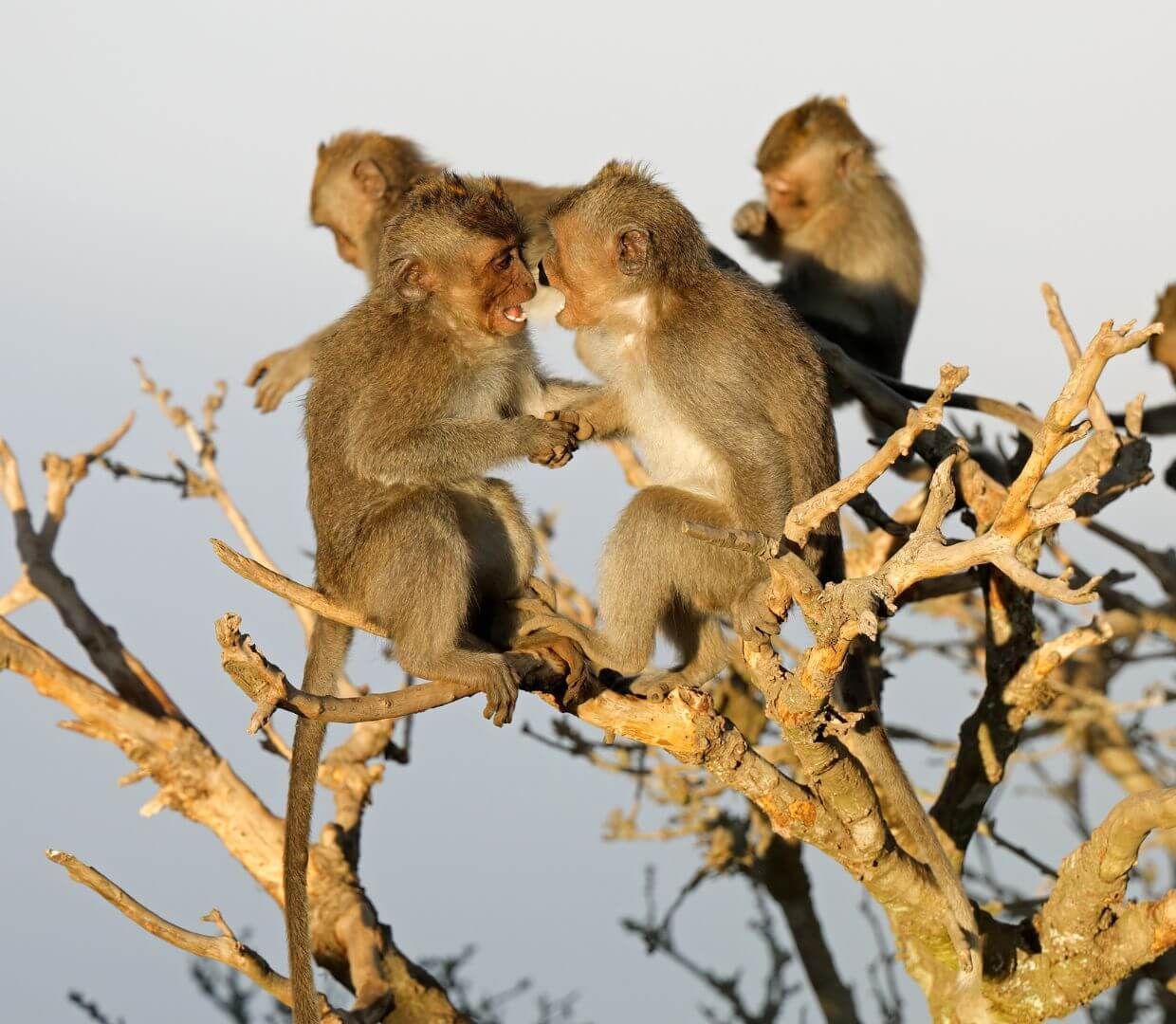Invasive Species
What Is an Invasive Species?
An invasive species is an organism that has been introduced to an area it is not native to. Invasive species can be plants, animals, or fungi and they often cause problems in the ecosystems they’ve been introduced to. Today, we are going to focus on animals.
How Do Animals Become Invasive?
Invasive species can reach new places both on purpose and by accident. And sometimes, we don’t know for sure how they were introduced, but we can make hypotheses.
Cane toads were introduced to Australia almost 100 years ago on purpose. Australia was having a problem with beetles eating sugar cane crops. They introduced cane toads, which are native to Central and South America, to eat the beetles to protect the crops. However, cane toads are not picky eaters. They ate many small, native animals and outcompeted native frogs for food. Few predators could eat toxic cane toads, causing their population to grow rapidly. Today, cane toads still threaten native species in Australia.
Burmese pythons were introduced to Florida by accident. There are many hypotheses about how Burmese pythons got from their native range of Asia to Florida. Scientists hypothesize that many pythons were released by pet owners who could no longer care for the large snakes. Large storms frequently hit Florida and have previously destroyed snake breeding centers, releasing snakes into the wild where they began to thrive.
Why Are Invasive Species a Problem?
Invasive Species Eat Native Species
Brown tree snakes are native to Australia and the surrounding islands. Scientists hypothesize they were introduced to the small island of Guam when they stowed away on a cargo ship. Before the arrival of brown tree snakes in Guam, native birds had very few predators and very few predator-defense adaptations. Brown tree snakes fed heavily on native birds and have even caused some endemic species to become extinct.
Invasive Species Outcompete Native Species
American bullfrogs are native to the eastern United States but were introduced to the West in the late 1800s to control populations of insects. They are large, powerful carnivores. They have out-competed many native amphibians and have caused many to become endangered.
Invasive Species Change the Landscape
Nutrias are native to the wetlands of South America but have been introduced to several continents due to the fur market. They feed on aquatic plants. The roots of these plants keep the wetland soil in place. When nutrias feed on the plants, they loosen the soil, causing the wetland to become unstable.
Invasive Species May Have No Natural Predators
The population of some invasive species can grow out of control if they have no predators in their introduced range. Venomous lionfish have no natural predators in the Caribbean where they are invasive. They were likely introduced by people who no longer wanted them in their home aquariums. They are powerful predators and, as their population grows larger and larger, they feed on more and more native species.
How Are Invasive Species Removed?
Physical Control: Communities promote the hunting of invasive species to reduce their population size in introduced ecosystems. This method is common in controlling Burmese pythons and lionfish.
Chemical Control: Pesticides or other chemicals are used to remove invasive species, as well. Scientists attempted to remove brown tree snakes from Guam by dropping poisoned rats for them to eat!
You can help prevent the spread of invasive species by following rules and regulations when traveling and not releasing pets into the wild.
Want To Learn More?
Check out EdZOOcating Adventures' Invasive Species lesson with videos, quizzes, activities, projects, glossaries, and more.
Invasive Species Lesson
$8 (No Expiration Date)Membership
Gain access to 70+ lessons for just $10/month or $100/year.



